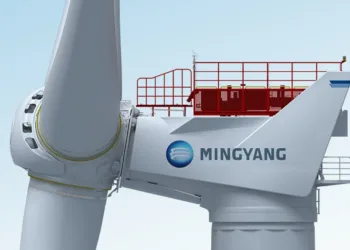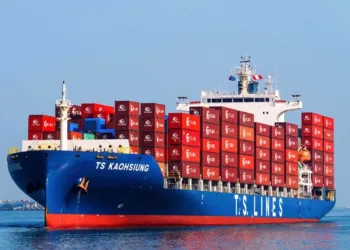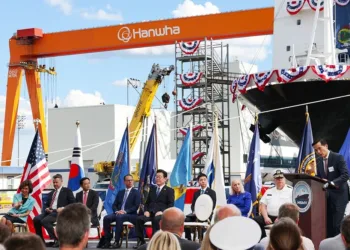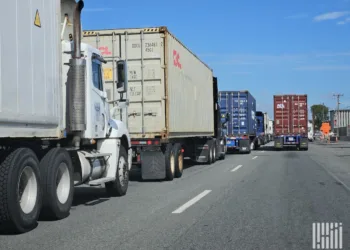Shipping and trading firms need to think differently to achieve robust risk governance, writes Thomas Zaidman, managing director of Sagitta Marine.
The past decade has been a rollercoaster for commodity markets with extreme swings in freight rates to geopolitical shocks affecting supply global chains. Volatility is a fact of life in the shipping markets, in the tramp trades it creates risk and opportunity in almost equal measure.
The key is the ability to take on the volatility that matches your risk appetite and to use the tools at your disposal to manage the exposure.
It’s a process that cannot be managed on gut instinct alone, however much old hands might tell you this counts more than a properly implemented strategy.
At the end of last year, I wrote an article suggesting that we had only just begun to experience the waves of disruption that would inevitably arrive with the second Trump presidency, sanctions, tariffs and ongoing conflicts.
The volatility that flows from geopolitical dislocation is unpredictable as it comes, whipsawing between opportunity and potential catastrophe. These aren’t market conditions for the faint of heart or the unprepared.
As someone who’s spent years navigating the cycles of the dry bulk market, I’ve learned that companies who integrate risk governance into their strategy consistently outperform those that rely on ’market intuition’.
Lesson #1: The Best Time to Hedge Is Before You Need To
Many firms avoid hedging their market risk until volatility hits, then scramble to lock in rates at unfavourable levels.
In 2021, when freight rates surged to record highs, those who had structured time-charter hedges ahead of time avoided financial disaster.
From a governance point of view, corporate boards must mandate proactive hedging policies rather than leaving them to commercial teams’ discretion. This requires developing a quarterly risk scenario analysis to adjust exposure accordingly.
Lesson #2: Balance Sheet Strength Is The Best Risk Hedge
Companies that have over-leveraged themselves making speculative trades or through aggressive fleet expansion are the ones that suffer the most in downturns.
Liquidity buffers are a critical means of risk management — many firms don’t appreciate this until a crisis forces them into a fire sale of positions.
The fix for this problem is to set a minimum liquidity ratio policy to prevent overexposure to market conditions. This requires a stress-testing framework to model cash flow under worst-case scenarios.
Lesson #3: Geopolitical and Sanctions Risks Are No Longer Rare Events
As we have seen over the past five years, supply chains can be subject to disruption almost overnight. In 2024 and 2025 politics has taken centre stage, from the Russia-Ukraine war to the Red Sea crisis.
Today’s boards must treat sanctions risk and cargo security as core governance issues, not just compliance checkboxes.
To manage the process, companies need to appoint a dedicated geopolitical risk officer or advisory role at the board level. This needs to be supplemented with a real-time monitoring system for sanctions and regulatory changes.
Lesson #4: Not All Good Advice Has To Be New
Don’t forget though that it pays to recognise your strengths and accept your vulnerabilities as a company.
At Sagitta, we hedge every ton of fuel we take. Our view is that while we know the freight market well, we don’t claim to have an edge in the oil market. For us, bunker price volatility is an exposure we manage systematically rather than speculate on.
Unlike some owners who avoid hedging because they believe they can time the market, we see it as a fundamental risk mitigation tool – just like a time charterer fixing forward cover for freight. Given the sharp swings in fuel prices over the years, not hedging is, in many ways, a directional bet on oil, and that’s not a risk we’re willing to take.
What happens next?
Knowing the answer to this question is what every shipowner asks themselves when they wake up in the morning. There is no one simple answer; it takes a co-ordinated approach and putting resources in place to understand, prepare for and manage risk.
As to thriving in volatile markets, companies that treat risk governance as a strategic function, not an afterthought are the ones that will profit.






















